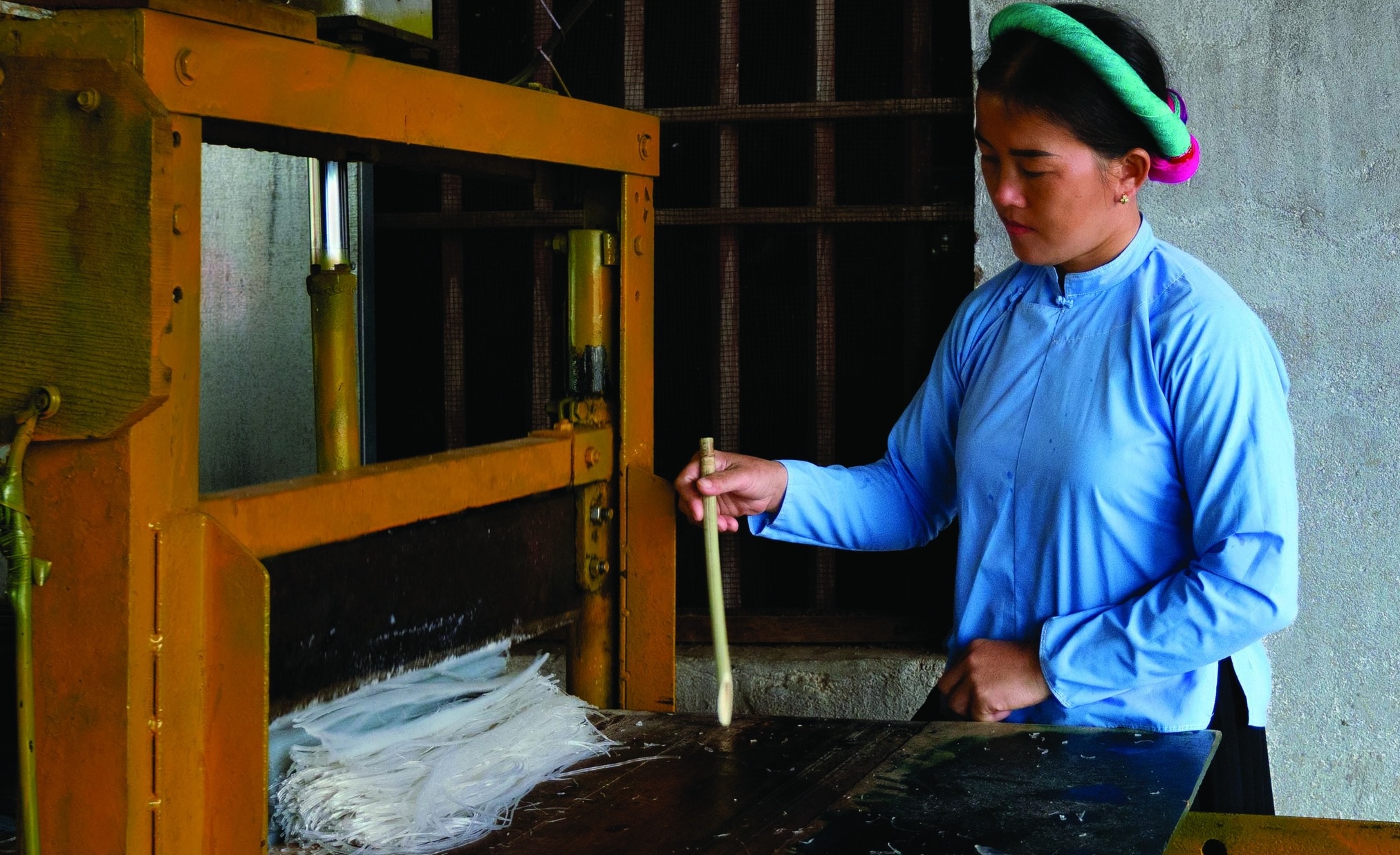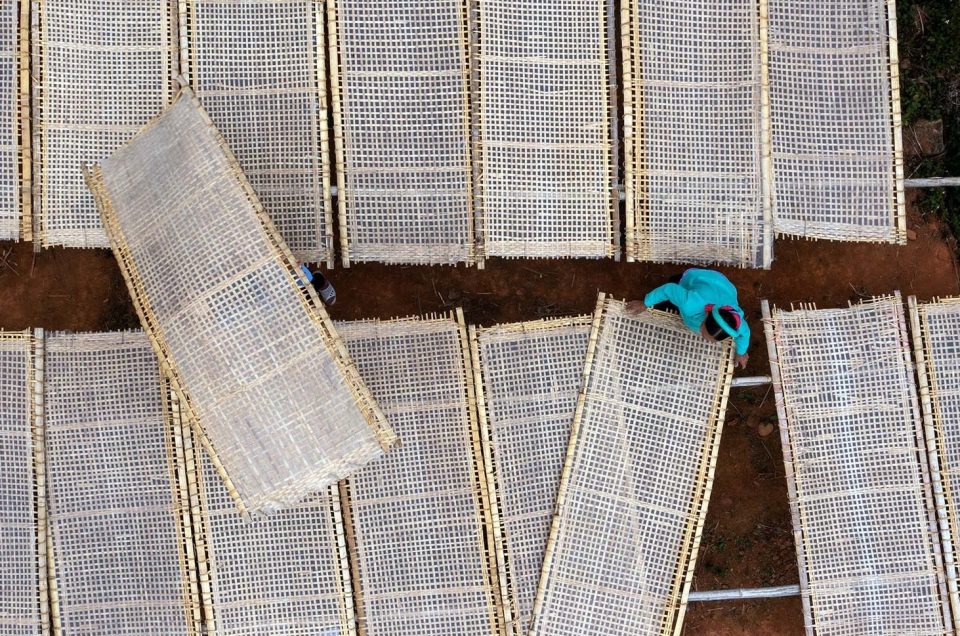Explore “the white land”
We were eager to explore the easternmost corner of our country during the season when white pampas grass covers the hills of Binh Lieu. This place is not only majestic and sacred but also harbors rich cultural diversity, being home to ethnic minority groups like the Tay, Dao, San Chi, and Hoa. The vibrant identity of Binh Lieu is manifested through the colorful clothing worn by each ethnic group, their daily customs, and the traditional crafts practiced by the locals.
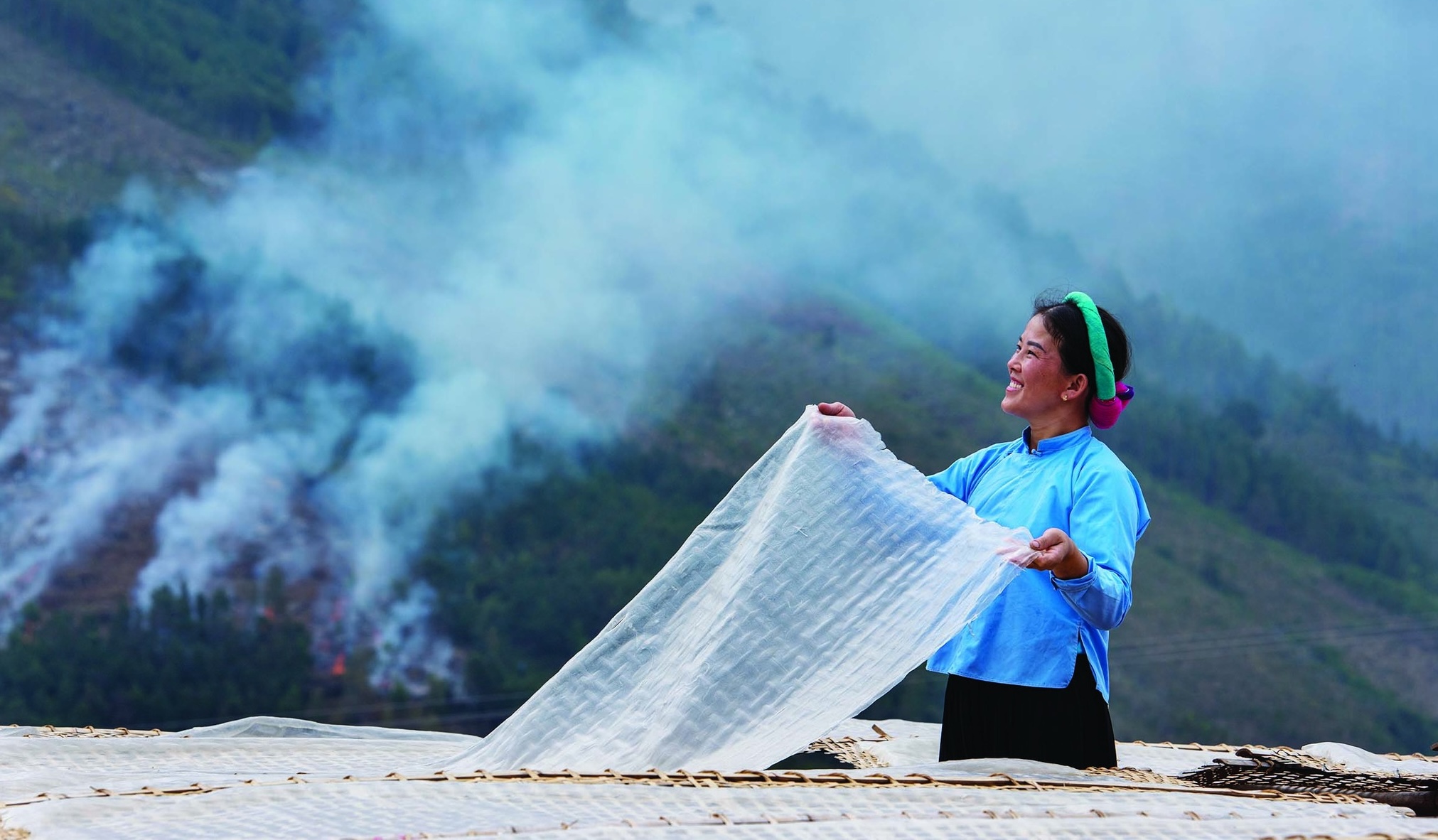
After exploring vast stretches of white pampas grass, trekking to Khe Van Waterfall, and witnessing a cloudy sunrise at Cao Ly Peak, we told a local friend of our desire to experience places where ethnic minority people still maintain their unique cultural identities in their daily lives and labor activities. Soon after, our group set out for Huc Dong commune in Binh Lieu district, where San Chi people continue the traditional craft of making vermicelli from canna roots.
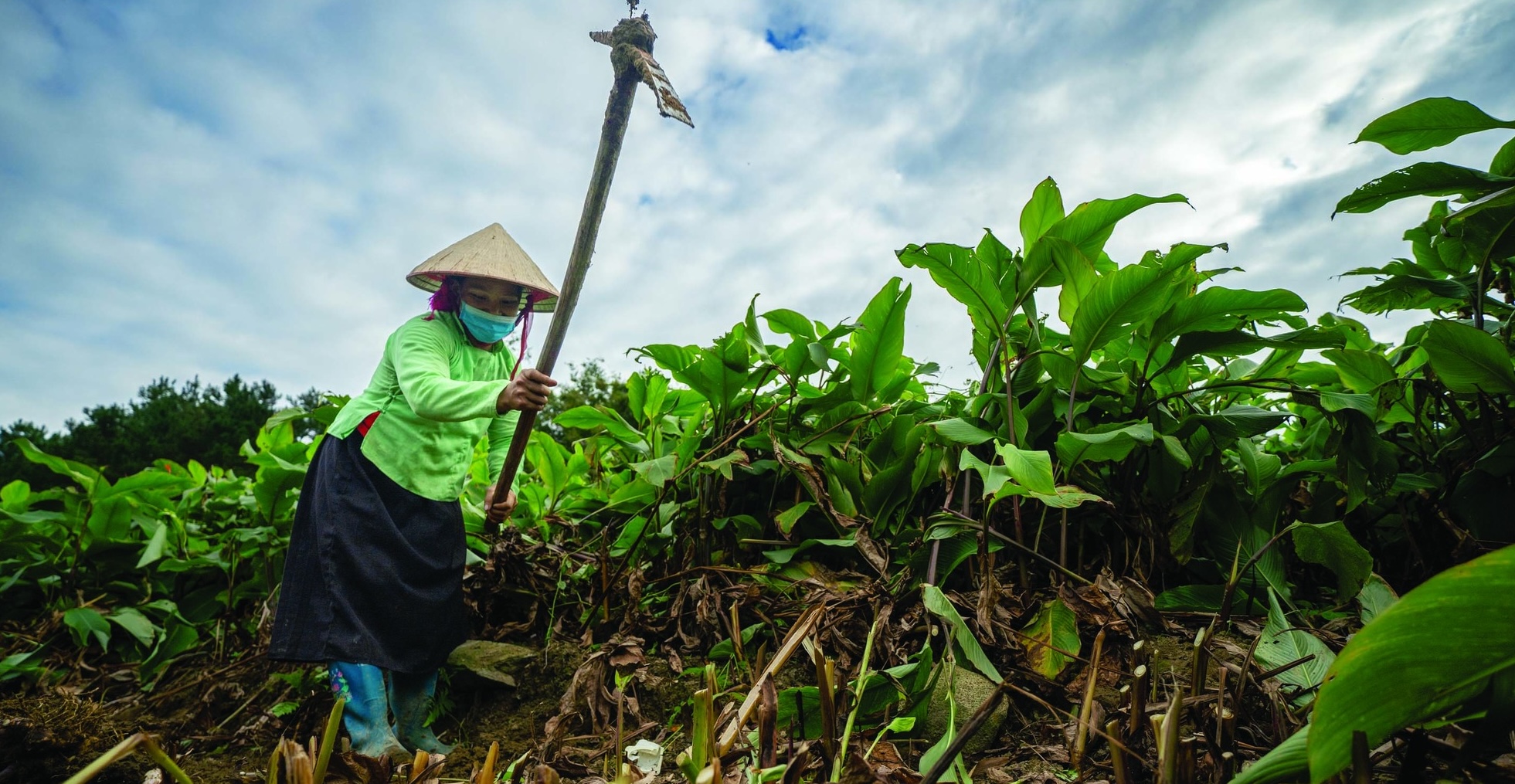
From afar, we could see the green shirts and black skirts worn by San Chi women amidst the hills and among bamboo racks full of drying vermicelli. The cool mountain air mingled with the warm sunlight, creating perfect conditions for drying high quality vermicelli.
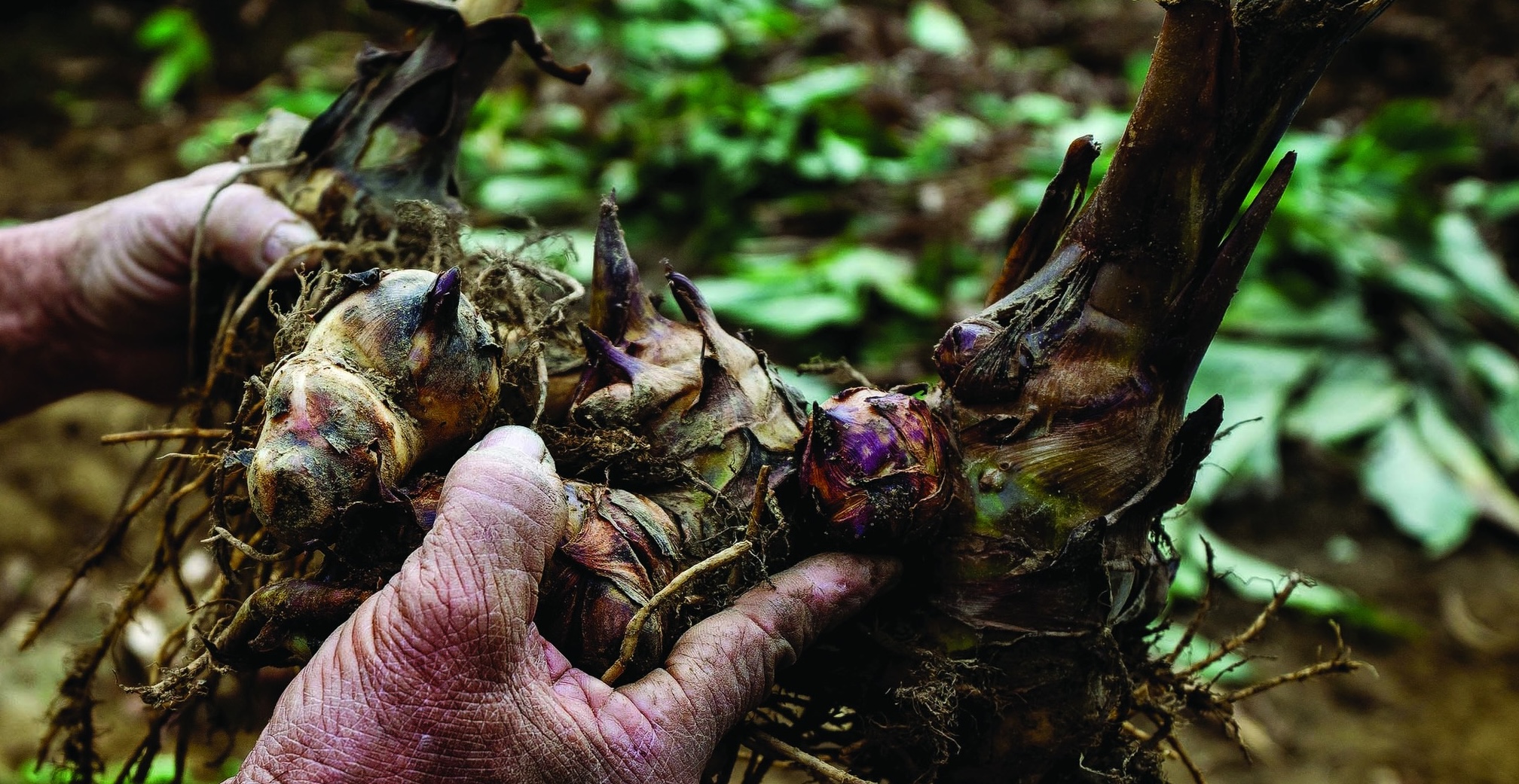
It was reassuring to learn about the ingredients and processing methods used by these San Chi people. The only ingredient in this vermicelli is canna starch. Along with rice, canna is cultivated in fields on hillsides. Despite the rather barren soil, this plant thrives, producing underground tubers with a mild flavor that are high in starch and low in fiber, allowing for abundant starch extraction. In the past, canna starch was produced manually through many steps, but nowadays, machinery has made the process less laborious for the locals. Additionally, food safety and hygiene are ensured during the grinding and starch-filtering processes. Thanks to their long-standing experience, the locals expertly mix the batter, spread it onto sheets, and dry the vermicelli. These steps require great skill to achieve sheets that are even in thickness and don’t tear. The methods are closely guarded secrets of each household. Large sheets of batter are placed on bamboo racks to sun-dry outdoors. As the drying process relies entirely on nature, the locals cherish every hour of sun and wind. After sufficient time in the sun and wind, the dried sheets are fed into a slicing machine to produce long strands of vermicelli of even length. Finally, the finished product is packaged into 1kg bags, ready for the market.
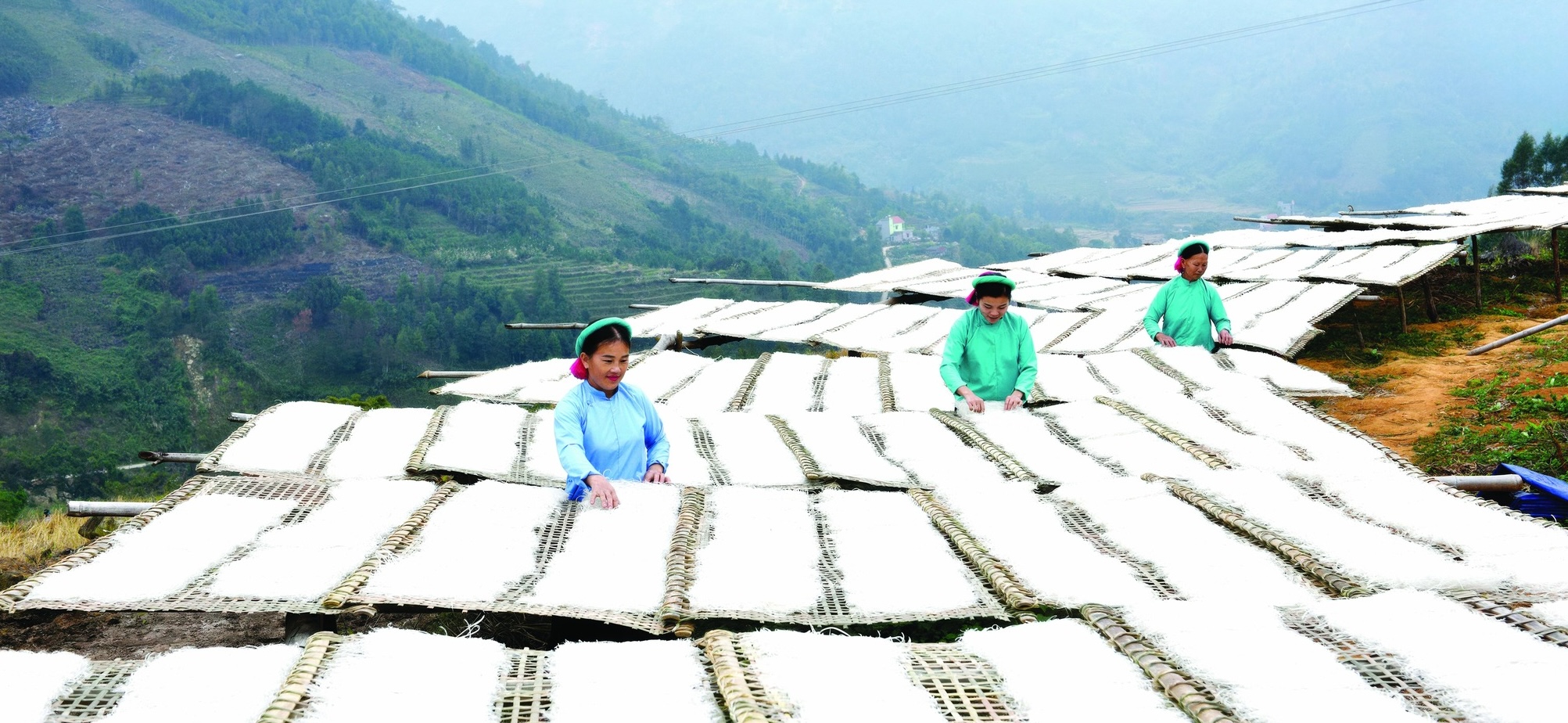
Thanks to abundant yields from safe and traditional organic fields, the vermicelli from Huc Dong commune in particular and Binh Lieu district in general has spread far and wide. Consequently, the income of the locals has significantly risen. Binh Lieu canna vermicelli is increasingly popular with consumers, who appreciate its outstanding characteristics. The fragrant and crispy strands do not swell or disintegrate when cooked. This is one of Quang Ninh province’s key OCOP (One Commune, One Product) products.
